Harnessing Creativity Amidst Pain: A Journey Through Adversity
Written on
Chapter 1: The Connection Between Pain and Creativity
Recently, I have observed a striking relationship between pain and the creative process. Emotional suffering can often ignite artistic expression—just consider the multitude of songs inspired by heartbreak. In contrast, physical suffering, particularly chronic pain, can stifle creativity entirely.
I have been fortunate enough to channel my emotional struggles into artistic endeavors, as have many others who have turned their hardships into meaningful art. However, drawing inspiration from physical pain proves to be a daunting challenge, particularly when it is a persistent presence in one’s life. I have endured chronic pain for half of my existence, and recently penned an article recounting my journey with it for an audience. Sharing such an intimate narrative felt surreal; it is both a common struggle and a deeply personal experience.
For years, I have grappled with chronic pain, attempting to ignore it, push through it, and will it away. This pain has served as an uninvited mentor—one I never sought, but have learned to appreciate.
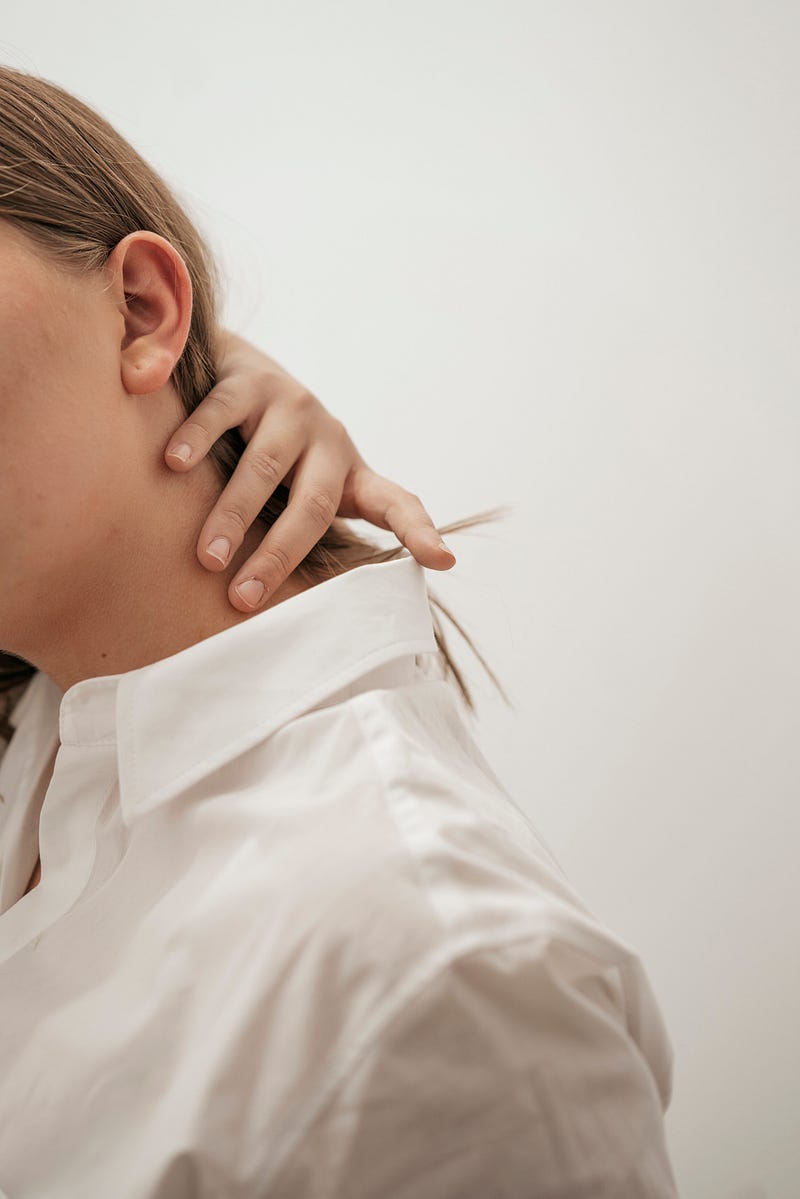
Chapter 2: The Impact of Chronic Pain on Artists
Health is often viewed as a luxury. In a world where prolonged sitting is likened to smoking, it is not surprising that over 51 million Americans suffer from chronic pain. Many of us are grappling with this issue, exacerbated by stress and lifestyle choices. However, the extent to which physical pain can hinder creative thought is quite alarming.
The European Journal of Pain has delved into how chronic pain affects creativity, revealing that those suffering from it tend to generate fewer creative ideas compared to those without pain. This is largely due to the distractions caused by pain, making it challenging to concentrate on external tasks.
While negative emotions can spur creativity, physical pain tends to do the opposite. I yearn for relief—not just to feel better physically, but also to enhance my creative potential. Fortunately, I have discovered effective remedies that have made a significant difference.
The video titled "Physical Pain and Emotional Suffering" provides insights into how these two forms of pain intersect and impact creativity.
Section 2.1: Exploring Remedies for Chronic Pain
After years of searching for relief, I have identified several techniques that have proven effective in managing my chronic pain. Artists face enough challenges as it is—writer's block, rejection, and self-doubt are hurdles we must overcome. Reflecting on the days I refrained from painting or writing due to pain is frustrating. Now, I have the tools to manage my discomfort, allowing me to pursue my creative passions without excuses.
Subsection 2.1.1: Gua Sha
Gua Sha, a traditional Chinese technique that has been practiced for over 700 years, translates to "scraping away illness." In 2020, I purchased a jade Gua Sha not initially for its therapeutic benefits but out of curiosity. When I experienced severe leg pain one day, I decided to give it a try.
As I glided the tool along my calves, I noticed red spots appear, indicating the presence of excess scar tissue. This remarkable observation confirmed that the treatment was indeed impactful. The relief I experienced afterward was profound, and I learned that Gua Sha can promote lymphatic drainage, reduce inflammation, and alleviate chronic pain.
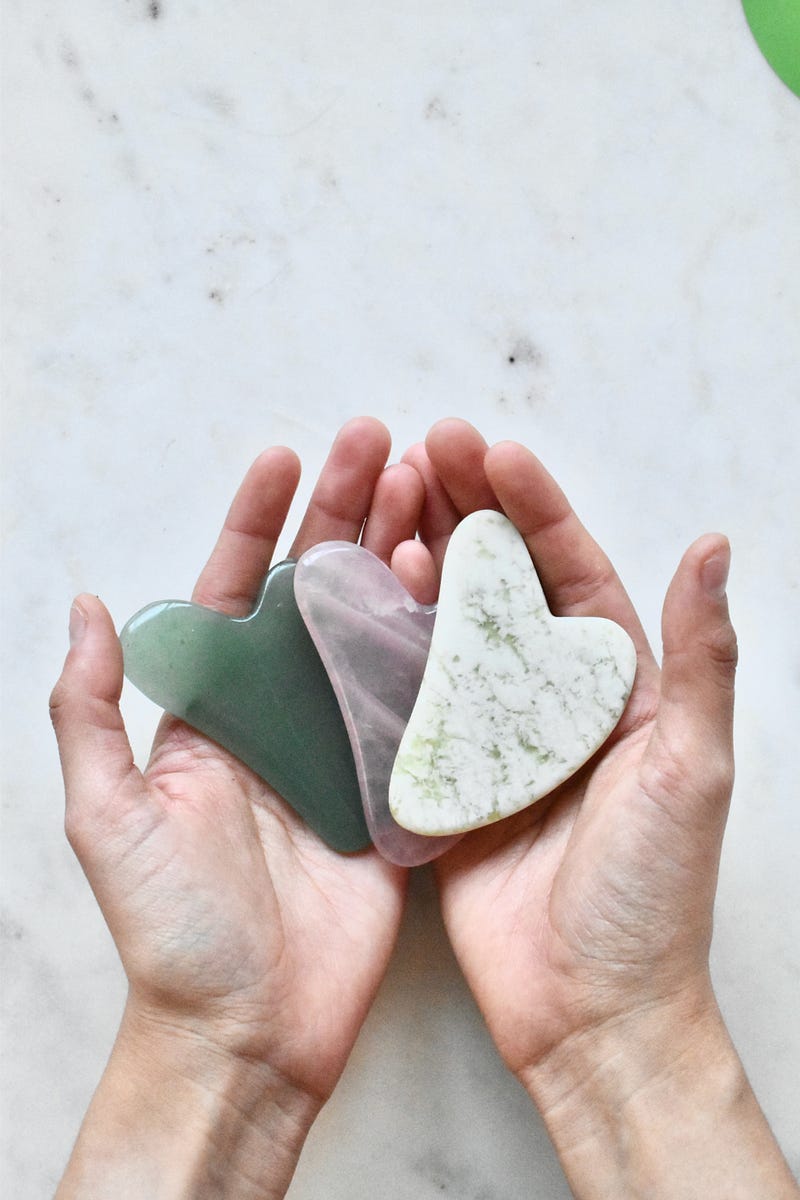
Subsection 2.1.2: Movement and Temperature Therapy
For years, I let my herniated disc and leg injury deter me from exercising. However, I have recently adopted a workout routine that strengthens my back without aggravating it. Many of us lead sedentary lifestyles, so it’s crucial to heed our bodies’ call for movement. I found Pilates to be particularly beneficial; after a few weeks, I felt more energetic and toned, and much of my previous pain dissipated.
I also advocate for the benefits of saunas, red-light therapy, and cold-water immersion. My time in Finland, where I frequently alternated between hot saunas and icy baths, led to significant reductions in my chronic back pain, along with improvements in my anxiety and sleep quality.
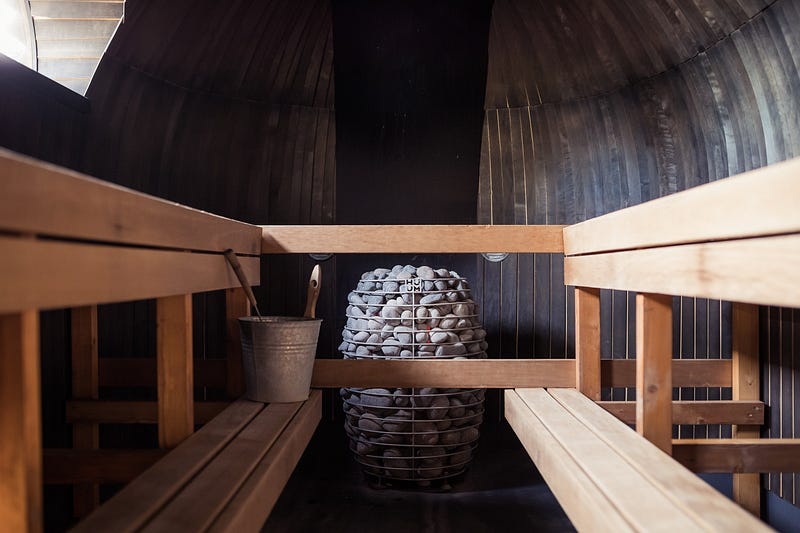
Subsection 2.1.3: Acupressure
Acupressure involves applying firm pressure to specific points along the body, known as acupoints, which are known for their high electrical conductivity. Stimulating these points sends signals to the brain that activate the body’s natural healing capabilities, promoting circulation and reducing pain. Through my exploration of acupressure, I have gained valuable insights and have incorporated daily practices into my routine.
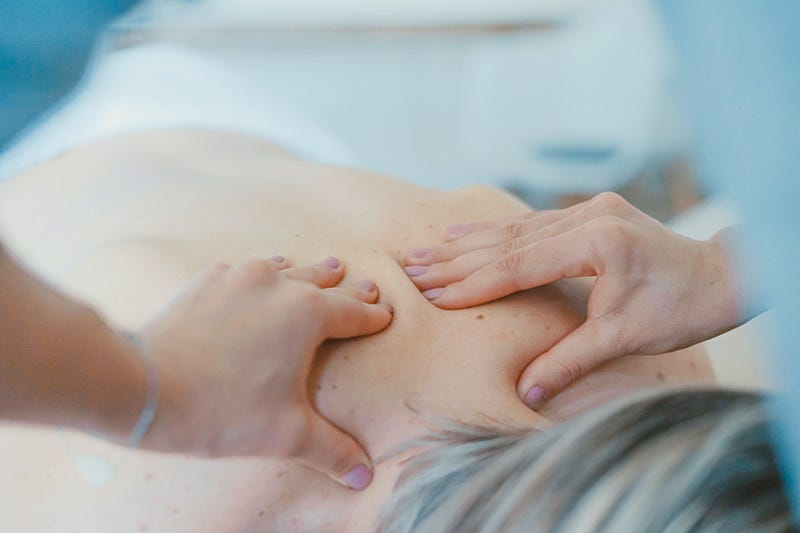
Subsection 2.1.4: Mustard Baths
Contrary to what the name suggests, mustard baths don't involve pouring condiments into your tub. Instead, they consist of mustard powder mixed with Epsom salts. Mustard aids in stimulating sweat glands, promoting toxin elimination and balancing the body's pH levels. Known for its warming properties in both Chinese and Ayurvedic medicine, mustard enhances circulation.
For many, chronic pain can manifest as a dull ache, often accompanied by a sensation of coldness. My experiences with mustard baths have been transformative; I find that the combination of mustard powder and Epsom salts significantly alleviates my discomfort, leaving me warm and pain-free.
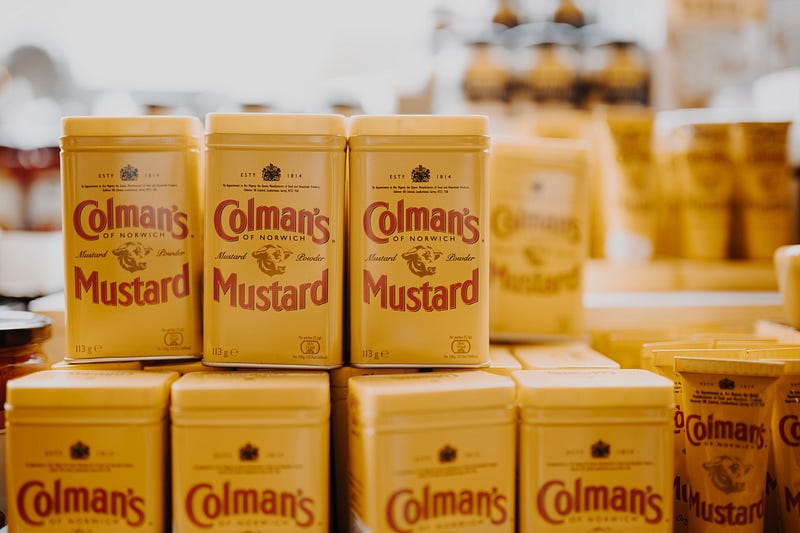
In Conclusion: Finding Hope Through Pain
Both emotional and physical pain can be debilitating and exhausting. While emotional distress often serves as a catalyst for creativity, physical pain can bring it to a halt. As a fellow creative, I sincerely hope that one of these remedies can inspire you to dedicate more time to your artistic pursuits.
(Medical disclaimer: This article is intended for informational purposes only and is not a substitute for professional medical advice.)